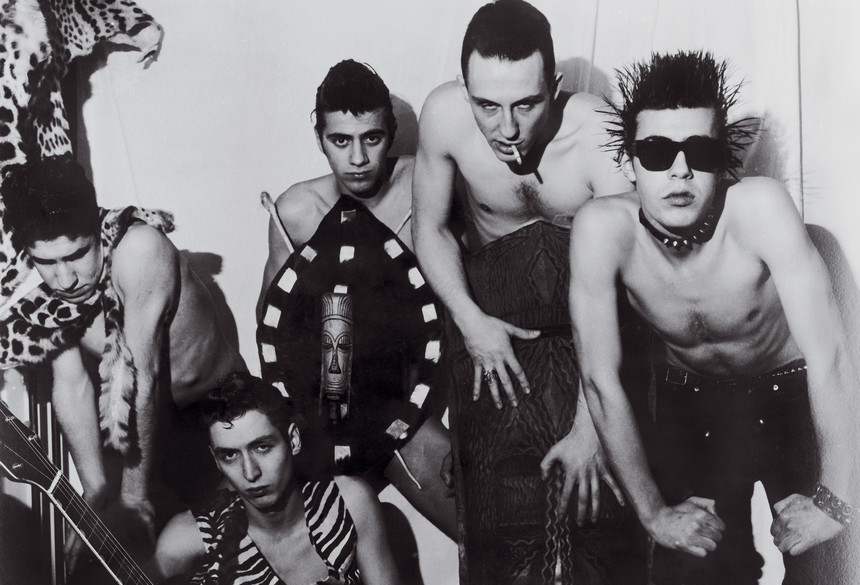Like other European cisterns, it represents both in terms of tuning and in terms of the construction of its interior and exterior, one of the direct developments of the Renaissance European cistern. This instrument was strongly present in court music throughout Europe, but especially in Italy, France and England from the mid-16th century to the end of the 18th century.
There are still hundreds of well-preserved examples of this instrument scattered in various museums throughout Europe. The first cisterns with slight alterations in the size of the sounding board, neck, string material, etc, became popular from the beginning of the 18th century as an instrument also widely used by the Bourgeoisie to interpret music more to their liking (such as suites, minuets, modinhas, etc) and, at some point, in some regions also used by the most popular layers to interpret popular music (of which we have less documentation).
The cittern, in turn, based on the vast iconographic legacy of the Middle Ages, has as its most likely ancestor the medieval cytole, of which there are several images, sculptures and reports in chronicles of the time and a single example in a museum in England, of the XIII century.
The English guitar from the 18th century (in Portugal called Guitarra Inglesa), sometimes mistakenly considered the ancestor of the Portuguese guitar, is also a descendant of the Renaissance guitar, but with substantial alterations added, such as a tuning and an interior construction completely different from those typical of the cister. He is therefore not an ancestor, but a close relative. The only element that the Portuguese guitar probably assimilated “on loan” from the English guitar was the tuning mechanic, later altered and aesthetically improved in Portugal.
In its remote and more uncertain origins, this family of instruments probably dates back to the Greek zither and the first fretted stringed instruments, of which the oldest traces have been found in present-day Turkey (not to be confused with the lute, which is much later and in terms of construction and tuning, despite the similarities in form, it belongs to another genealogy of instruments).
Tuning
The Lisbon tuning is currently the most used on the Portuguese guitar.
Initially it was called fado tuning or fado corrido tuning, having probably been developed in the early 19th century, being mostly adopted by fado singers in Lisbon in the middle of that century.
With the decrease in the use of natural tuning (see below) by guitarists, this tuning came to be called simply Lisbon tuning, when tuned high in D, or Coimbra tuning, when tuned in C;
this stems from the fact that, while most guitarists in Lisbon tuned their guitars in D, in Coimbra, students began to tune theirs in C, mainly through the influence of Artur Paredes.
It is important to note, however, that regardless of the difference in pitch between the two tuning variations, in practice the latter still makes use of the conventions of the former, as such, a C is called D, a D is called E, etc. ., by the guitarists.
Thus, a Portuguese guitar tuned to Coimbra tuning is left to behave like a transposed instrument, similar to a B-flat trumpet, in which a note is referred to by the note name one step above the note name that the pitch conventions would use.
The natural tuning, inherited from the English guitar of the 18th century, was also used very frequently until the first half of the 20th century, being preferred over the first one by some musicians at the end of the 19th century; it was often tuned to E instead of C, as this simplified changing between fado tuning and natural tuning for guitarists who used both.
Some variations of this tuning were also adopted, such as the natural tuning with 4th, also known as the Mouraria tuning, or the João de Deus tuning, also known as the natural minor tuning.
Natural tuning and its variations ceased to be used in practice several decades ago.












Nice article and I like the sound of the Guitar. Fantastic!!!